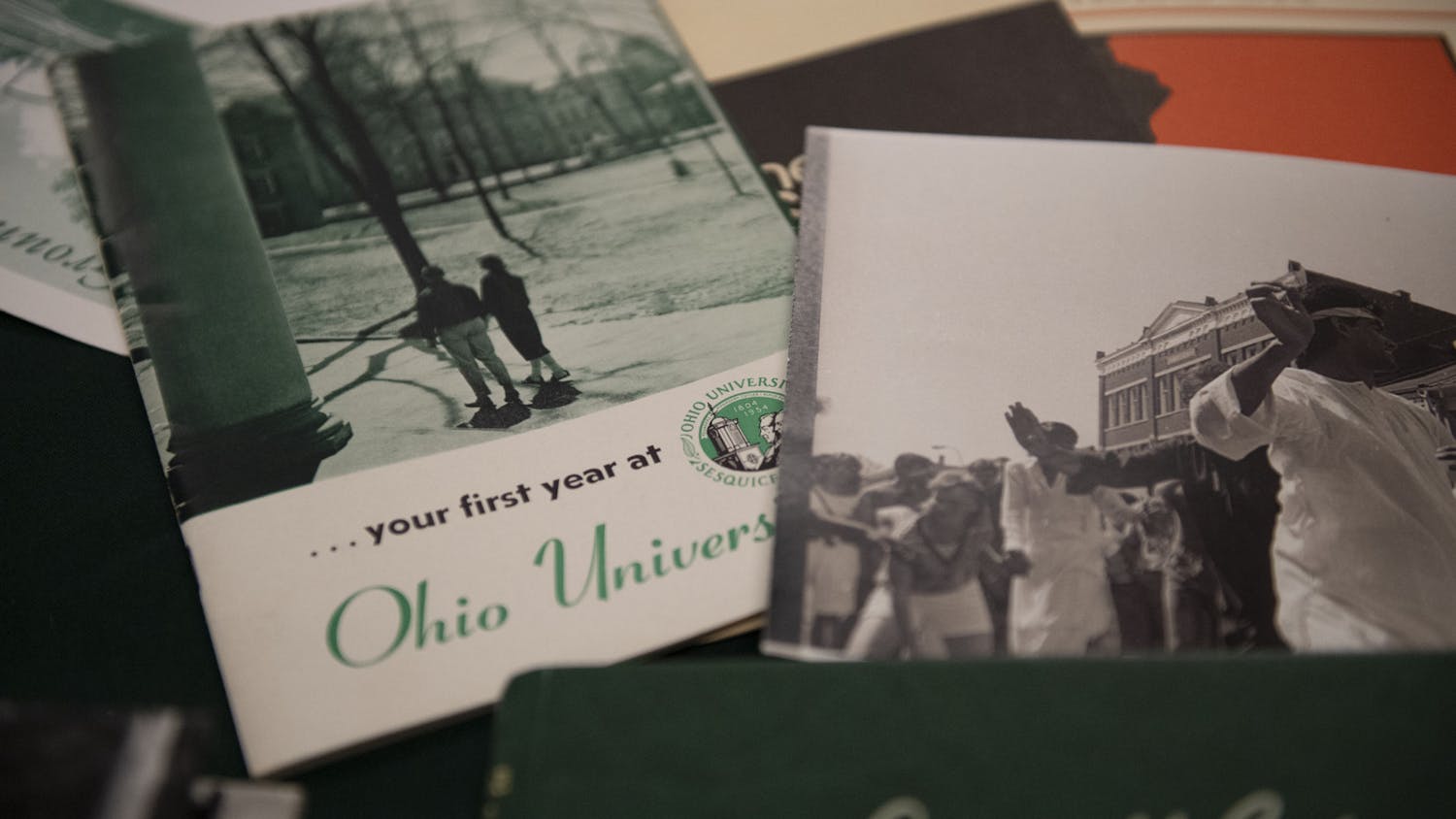This time of year is just a little bit sweeter in the forests of Ohio — the 4th largest maple syrup-producing state in the country — and 2013 was one of the most fruitful seasons in years.
For Laura McManus-Berry, a 17-year maple syrup-producing veteran, 2013 has been the best season in the history of her and her late husband John’s business, Sticky Pete’s Pure Maple Syrup.
“This year has been unbelievable,” she said. “The weather just cooperated this year.”
The sap flowed heavily this year, which comes as a relief after recent, less successful seasons caused McManus-Berry to worry about the future of her maple syrup business.
“The last two years have been very challenging and disappointing,” she said. “It’s been too warm, and I was getting really discouraged.”
This year, McManus-Berry began tapping her maple trees mid-January, which is earlier than usual, and her 1,700-tap operation has been producing ever since. Her extremely successful season is just now coming to an end.
Though several species of trees produce sap, the sugar maple is the most popular tree that is tapped this time of year, said Patrick Quackenbush, naturalist for Ohio’s state parks. Sugar maples produce more sugar in their sap than any other tree in the U.S.
The sap is extracted through “spigots” that are driven into the side of the tree, Quackenbush said. The sap collects in buckets that hang from the spigot.
Because she runs her operation with the help of only one other person, McManus-Berry has set up an intricate network of tubing that uses gravitational force to get the sap to flow to the holding tank downhill of her tapped maple trees.
“The sugar exists in the sap, but when it comes out of the tree it’s about 96 percent water,” Quackenbush said. A boiling process removes the water through evaporation and the sugar is left behind.
It takes 40 to 80 gallons of sap to produce one gallon of maple syrup, Quackenbush said. He added that producers avoid exploiting the trees’ sap.
“You don’t want to damage the tree,” he said. “You have to be very, very careful not to over-extract.”
McManus-Berry said on average, 50 gallons of sap would yield one gallon of maple syrup.
Ohio’s state parks have hosted a series of maple-related events since the start of the season, including the Maple Sugaring in the Hills event that was held Saturday and Sunday in Hocking Hills State Park.
The event included a short hike, explanation of the extraction method and a demonstration of the boiling process, Quackenbush said. He added that event attendees also got a chance to taste the finished product.
Temperatures were perfect for sap collection, he said. Ideally, it should be freezing at night and 40 to 50 degrees during the day for sap to flow.
Heidi Hetzel-Evans, spokesperson for the Ohio Department of Natural Resources, said she was at Malabar Farms’ Maple Syrup Festival two weekends ago and the sap wasn’t running because it was too cold. She added that temperatures were perfect for the event in Hocking Hills.
Sticky Pete’s Pure Maple Syrup, which is named after McManus-Berry and her late husband’s dog, Petey, will have some of its best maple syrup in years available at Casa Nueva, Village Bakery and Café and the Athens Farmers Market within the next few weeks. The most popular size, a 12-ounce bottle, costs $10.
ls114509@ohiou.edu






